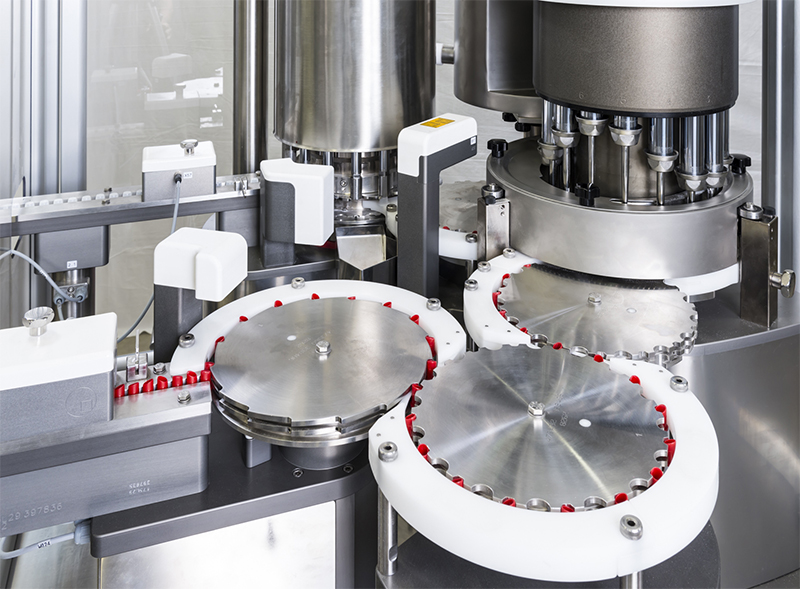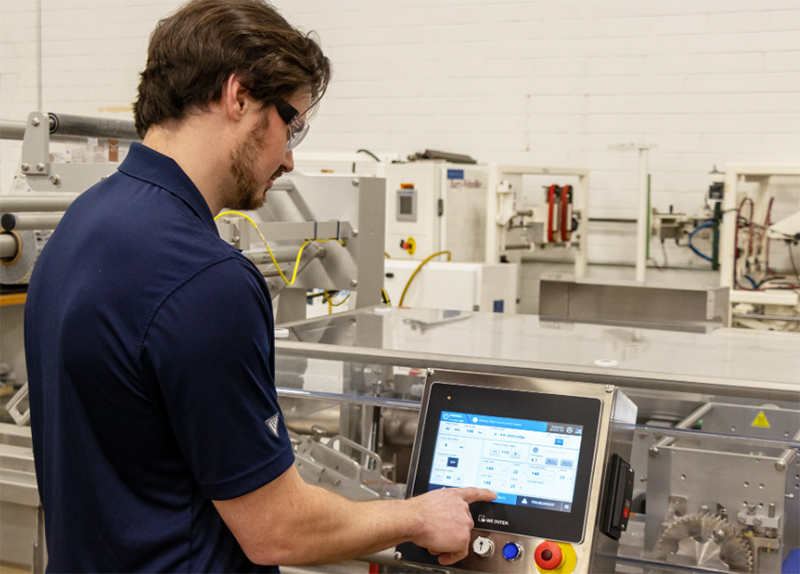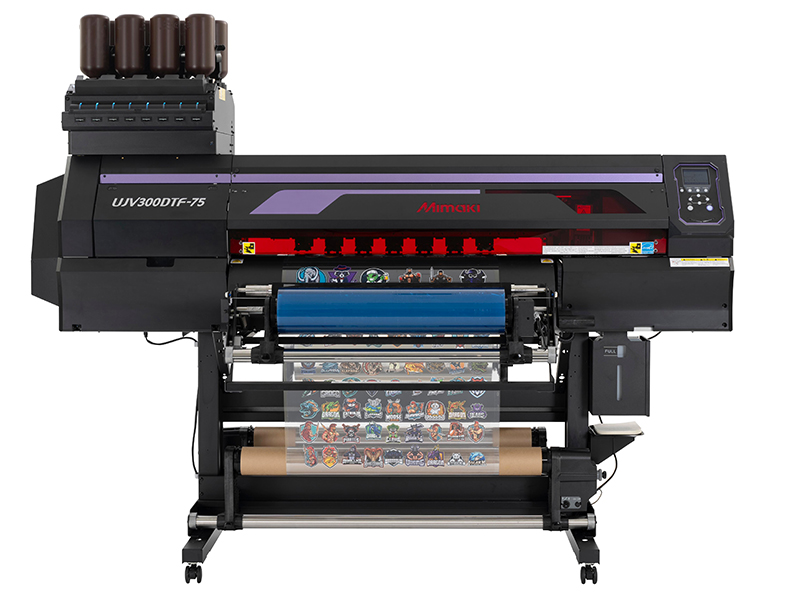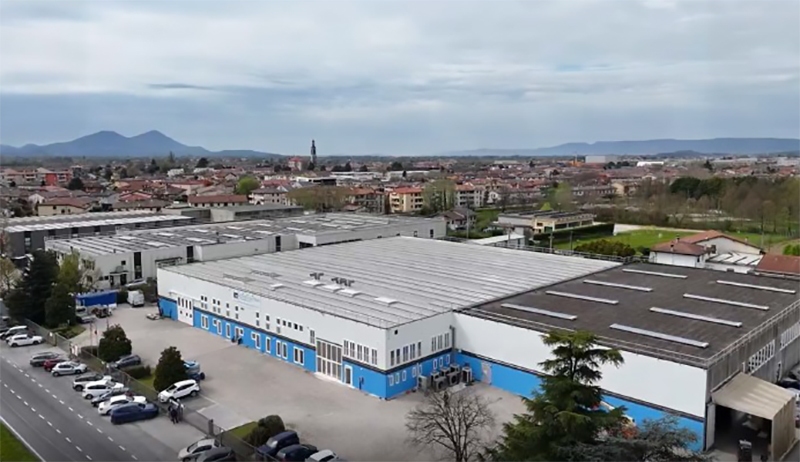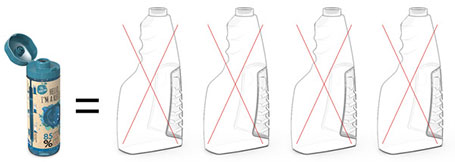
Greiner Packaging develops refill solution that reduces use of plastics
posted Monday 08 March 2021
Refiling is one example of where sustainability starts. Why buy a new spray bottle every time you need household cleaner when there is now an efficient and eco-friendly way to refill your bottle? This was the motivation for Greiner Packaging to team up with its in-house design agency DesPro and develop a new refill concept for plastic spray bottles for household chemicals.
The newly developed 200ml refill bottle is made of HDPE, PP, or PET material and weighs just around 16g in its original form. It contains 200ml of concentrate, which later produces ten times its liquid volume across four spray bottle refills. Each safe, 50ml dose can also be adjusted to 30ml or 40ml. This is done through a special valve and a guiding nozzle that fits into all standard spray bottles.
Thanks to their shape, the new refill bottles make it easy for consumers to squeeze out their contents in consistent doses – plus, they can be provided with an attractive label. In addition, the nonremovable, hinged snap-on lid is fitted with a safety lock. And a user-friendly level indicator completes the list of practical features. As a result, the newly designed bottle is well placed to meet all current market requirements. Up to 85% less plastic used Greiner Packaging is committed to advancing a sustainable circular economy that, in addition to recycling, also delivers reductions in plastic material use. Consumers can get as much out of a single new refill bottle as they otherwise could from four separate plastic spray bottles, including trigger sprayers – over its lifecycle, original 500ml spray bottles and trigger sprayers can produce 10,000 individual 1ml sprays, ensuring that they can be used to its maximum potential.
 The new refill bottles developed by Greiner Packaging and DesPro ensure a more eye-catching look at the point of sale than other refill packaging solutions simply because of their size. They also have a large surface area that can be designed or decorated attractively for consumers.
The new refill bottles developed by Greiner Packaging and DesPro ensure a more eye-catching look at the point of sale than other refill packaging solutions simply because of their size. They also have a large surface area that can be designed or decorated attractively for consumers.
The refill bottle can be made of HDPE, PP, or PET according to the customer’s preference, while the lid can be made from HDPE or PP. Greiner Packaging puts great emphasis on ensuring that the overall packaging is as recyclable as possible. This same approach is consistently applied when it comes to the selection of materials and decorative elements, and the plastics experts consult individually with customers on each project in line with the principles of a circular economy. The valve included in the lid enables the product to be dispensed in an ideal manner with a high degree of precision. This valve part can be mechanically separated later in the recycling process, which increases the recyclability of the packaging solution as a whole. When using labels for decoration, Greiner Packaging recommends that a compatible material is selected to allow for maximum recyclability. This factor comes into play in a number of contexts: when using water-soluble adhesives, when considering the potential effect of the decorative material on the base material used, and – if necessary – when assessing whether the decorative material may be separated from the base material due to the use of different material densities.
All rights reserved except agreement written by Emballage Digest or mention of the magazine







